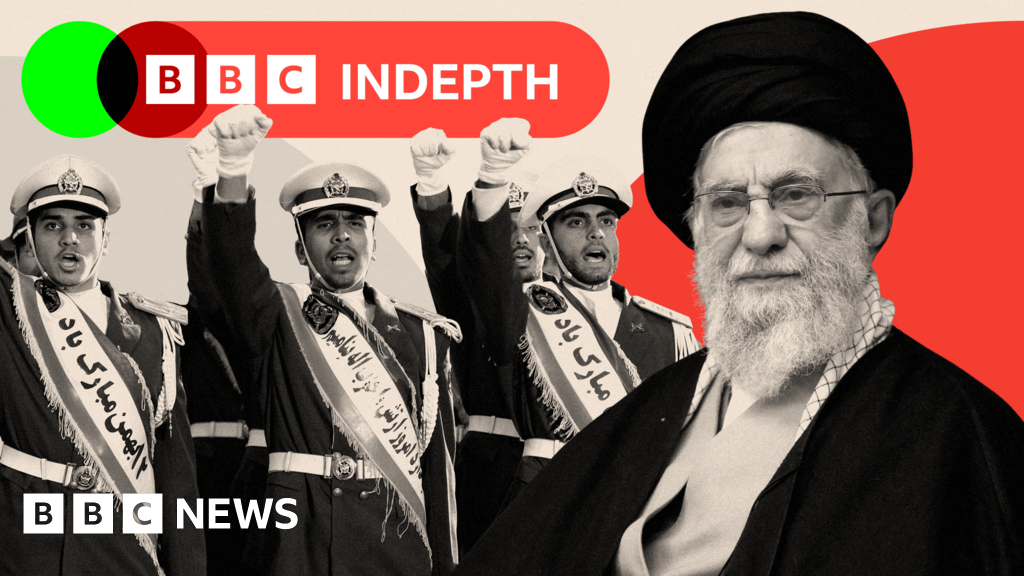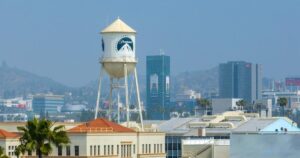
When Iran’s Supreme Leader, Ayatollah Ali Khamenei, emerges from his secretive retreat, he will confront a nation transformed by war. After nearly two weeks in hiding during Iran’s conflict with Israel, Khamenei, now 86, must navigate a landscape marred by destruction and political uncertainty. His seclusion, reportedly due to assassination fears, underscores the precariousness of his position, even as a fragile ceasefire, brokered by former U.S. President Donald Trump and the Emir of Qatar, offers a temporary respite.
The ceasefire, however, does not guarantee safety. Despite Trump’s advisories against targeting Khamenei, Israeli Prime Minister Benjamin Netanyahu has not ruled out the possibility. Upon his return to the public eye, Khamenei is expected to declare a symbolic victory on state television, yet he will face a vastly altered Iran, weakened by war and internal dissent.
Military Setbacks and Economic Strain
During the conflict, Israel swiftly gained control over much of Iran’s airspace, inflicting significant damage on its military infrastructure. The Revolutionary Guard and army suffered substantial losses, with high-ranking commanders among the casualties. Although the full extent of the military degradation remains debated, the repeated bombings suggest a severe blow to Iran’s defense capabilities.
Iran’s pursuit of nuclear capabilities, which brought years of international sanctions, has also suffered setbacks. Airstrikes have damaged known nuclear facilities, though the precise impact is difficult to assess. This has prompted many Iranians to question the regime’s strategic priorities, particularly the costly pursuit of nuclear status.
“It is difficult to estimate how much longer the Iranian regime can survive under such significant strain, but this looks like the beginning of the end,” says Professor Lina Khatib, a visiting scholar at Harvard University.
Internal Dissent and Public Discontent
As the war unfolded, murmurs of dissent emerged among Iran’s political elite. Reports indicate that some former regime figures have called on religious scholars in Qom to advocate for leadership change. The war has amplified existing discontent, with many Iranians holding Khamenei accountable for the nation’s plight.
The Iranian public’s frustration is palpable. Despite the regime’s efforts to rally support, many citizens have shown solidarity with each other rather than the government. Communities opened their homes to those displaced by bombings, and shopkeepers provided essentials at reduced prices. However, there is widespread skepticism about foreign-imposed regime change.
“There will be a reckoning,” according to Professor Ali Ansari, the founding director of the Institute of Iranian Studies at the University of St Andrews. “It’s quite clear that there are huge disagreements within the leadership, and there’s also huge unhappiness among ordinary people.”
Prospects for Regime Stability
Despite internal and external pressures, the Iranian regime remains resilient. Opposition groups, both domestic and abroad, have struggled to form a cohesive front capable of challenging the government. The regime’s control over domestic affairs suggests that any change will likely be gradual and internally driven.
Nonetheless, fears of a crackdown loom large. Recent executions and arrests on charges of espionage reflect the regime’s heightened vigilance. Many Iranians worry that a humiliated government may turn its ire inward, exacerbating public discontent.
“If the regime is unable to supply basic goods and services, then there will be growing anger and frustration,” says Prof Ansari. “I see it as a staged process. I don’t see it as something that, necessarily, in a popular sense, will take root until long after the bombing is over.”
Future of Iran’s Strategic Ambitions
While Iran’s nuclear ambitions have been temporarily set back, the potential for escalation remains. The country’s ballistic missile silos, hidden in mountainous tunnels, largely escaped destruction. This capability, along with a stockpile of enriched uranium, poses ongoing concerns for Israel and its allies.
Iran’s parliament has moved to reduce cooperation with the International Atomic Energy Agency, a step that could lead to withdrawal from the Nuclear Non-Proliferation Treaty. Such actions would mark a significant shift in Iran’s strategic posture, driven by hardliners within the regime.
As Ayatollah Khamenei contemplates the future, he must consider the legacy he leaves behind. At 86, his health is a factor in the regime’s continuity. Whether through an orderly transition or a more tumultuous shift, Iran’s leadership faces critical decisions that will shape the nation’s trajectory in the years to come.






